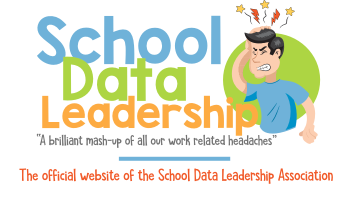Conduct personnel evaluations to improve teaching and learning, in keeping with district and state policies.
1. Clear Evaluation Criteria: Establish clear evaluation criteria aligned with district and state policies, as well as with research-based best practices in teaching and learning. Ensure that evaluation criteria are communicated to staff members in advance and that they understand the expectations for performance.
- Resource: Education Commission of the States (ECS) offers resources and policy briefs on teacher evaluation systems and best practices.
2. Multiple Measures of Evaluation: Use multiple measures of evaluation to assess teacher performance, including classroom observations, student growth data, self-assessments, and evidence of professional growth and development. Incorporate both qualitative and quantitative data to provide a comprehensive view of teacher effectiveness.
- Resource: Teachstone offers resources and tools for conducting reliable and valid classroom observations as part of teacher evaluations.
3. Formative Feedback: Provide formative feedback to teachers throughout the evaluation process to support their professional growth and development. Schedule regular check-ins, coaching sessions, and feedback conferences to discuss strengths, areas for improvement, and professional goals.
- Resource: TeachBoost is a platform that facilitates ongoing feedback and coaching conversations between administrators and teachers, promoting continuous improvement.
4. Evidence-Based Rubrics: Use evidence-based rubrics or frameworks to assess teacher performance against established criteria. Choose rubrics that are aligned with district and state standards, research-based instructional practices, and the specific needs of the school community.
- Resource: Charlotte Danielson's Framework for Teaching is a widely-used framework for teacher evaluation that provides a research-based set of standards and rubrics for assessing teacher practice.
5. Goal Setting and Professional Development Plans: Collaborate with teachers to set goals and develop individualized professional development plans based on evaluation feedback. Use evaluation data to identify areas for growth and target professional learning opportunities that address teachers' needs and interests.
- Resource: Learning Forward offers resources and tools for designing and implementing individualized professional development plans for educators.
6. Calibration and Reliability: Ensure that evaluation processes are calibrated and reliable, with consistent standards and procedures applied across evaluators. Provide training and support for evaluators to ensure that they understand and apply evaluation criteria consistently and fairly.
- Resource: RAND Corporation offers research and resources on calibration and reliability in teacher evaluation systems.
7. Data-Informed Decision Making: Use evaluation data to inform personnel decisions, such as hiring, retention, promotion, and professional development opportunities. Analyze evaluation results to identify trends, patterns, and areas for system-wide improvement in teaching and learning.
- Resource: Data Wise by Harvard University provides resources and tools for using evaluation data effectively in decision making in education.
8. Continuous Improvement Process: Treat personnel evaluations as part of a continuous improvement process aimed at enhancing teaching and learning outcomes. Solicit feedback from teachers and administrators on the effectiveness of evaluation processes and make adjustments as needed to ensure fairness, reliability, and validity.
- Resource: American Association of Colleges for Teacher Education (AACTE) offers resources and tools for implementing continuous improvement processes in teacher evaluation systems.
By implementing these strategies and utilizing the recommended resources, educational leaders can conduct personnel evaluations to improve teaching and learning, in keeping with district and state policies, fostering a culture of excellence and continuous improvement in schools.
